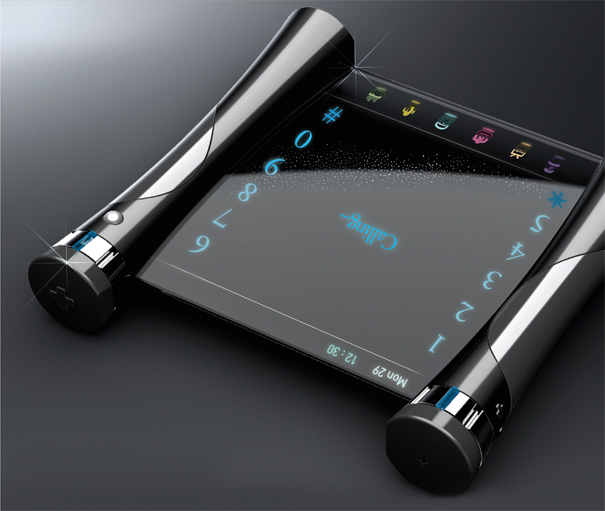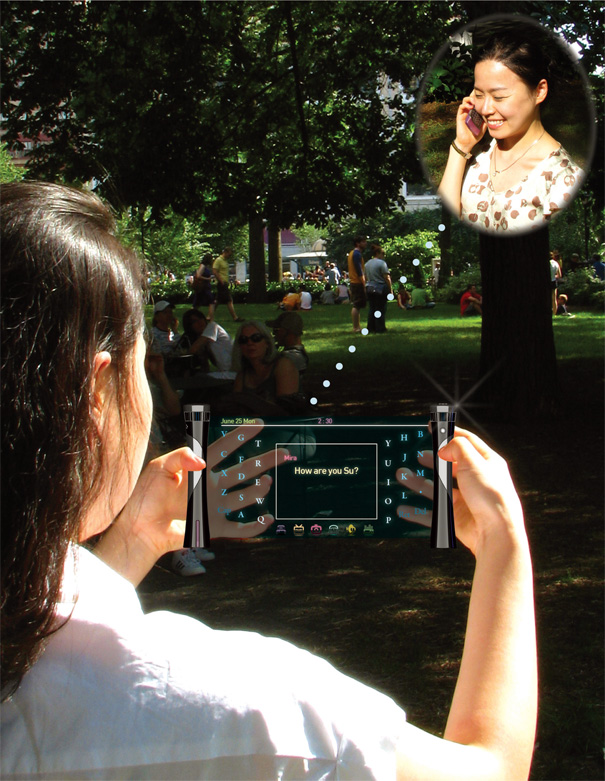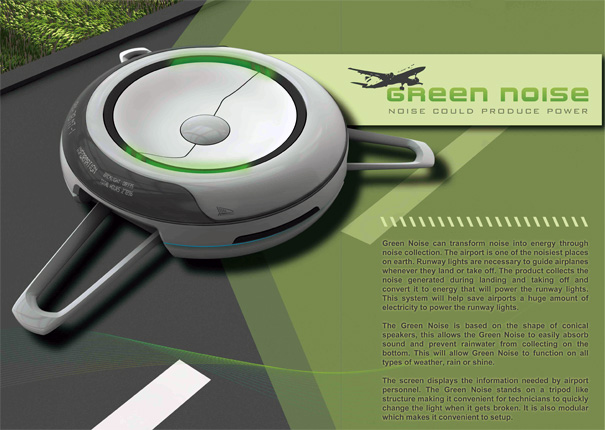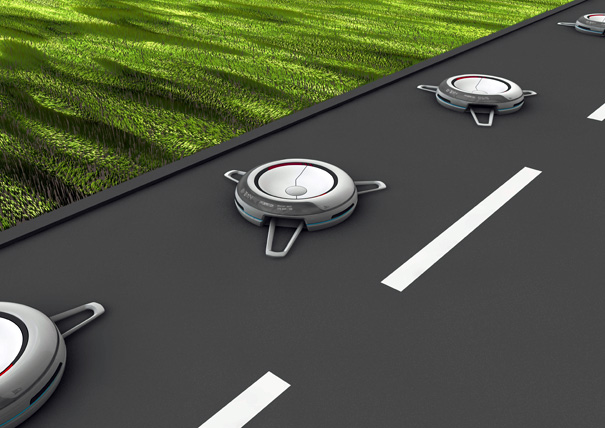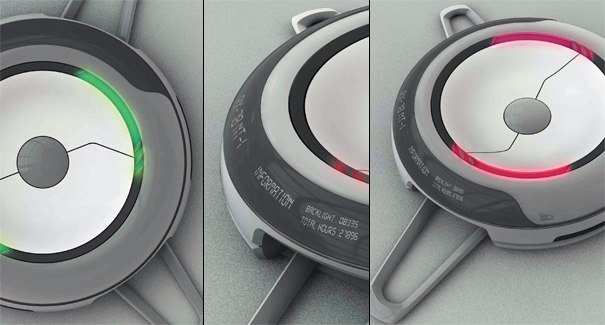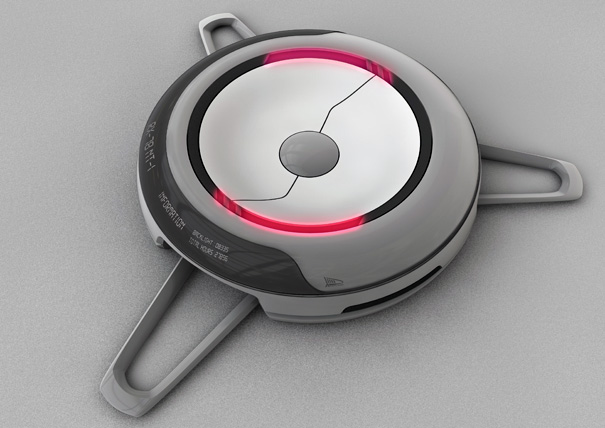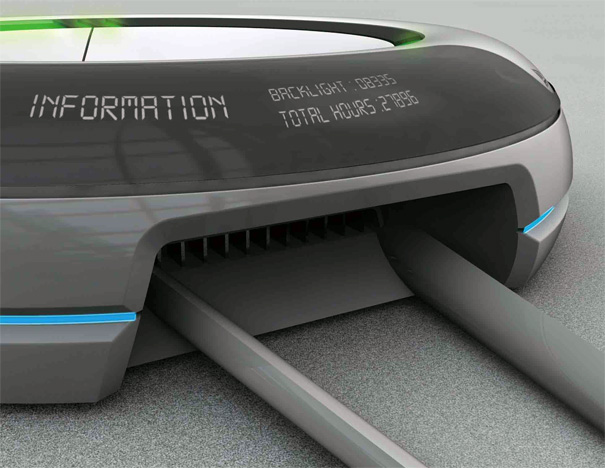 It's not news that vampire novels are everywhere these days and the hardest thing for a fan of the genre is to find something unique. Barb Hendee is well known for co-authoring the Noble Dead series with her husband J.C. and if anyone knows her way around vampires-- it's her. The question is, has she succeeded in creating something distinctive with her Vampire Memories series?
It's not news that vampire novels are everywhere these days and the hardest thing for a fan of the genre is to find something unique. Barb Hendee is well known for co-authoring the Noble Dead series with her husband J.C. and if anyone knows her way around vampires-- it's her. The question is, has she succeeded in creating something distinctive with her Vampire Memories series?Well, yes and no.
I wrote a very positive review of Blood Memories, the first book in this series, last year and was really looking forward to the sequel because Hendee did have a fresh take on the vampire myth. The standout part of Hendee's mythology is the way in which her vampires evolve after their mortal death. Whatever happens to be their strongest personality trait in life is amplified to an overpowering level when they make the transition to the living dead. "Blood Memories" introduced us to Elisha Clevon, a young woman who was so frail in life that her 'talent' is to appear so helpless that any mortal man she encounters immediately feels a desire to protect her. Elisha was solely created to be a caretaker for an elderly vampire teetering on the edge of sanity, but her world changes dramatically when she discovers she has telepathic abilities; and that terrifies her creator-- who has been hunting down and killing all the older vampires who display that particular skill.
"Blood Memories" saw Elisha confronting her creator, Julian-- whose own particular talent is for instilling fear. Using her newfound telepathic talents Elisha fends off Julian and settles into a new life with another vampire and a human telepath. "Hunting Memories" is the start of the next chapter for Elisha. Believing that she has achieved an uneasy truce with Julian, she starts reaching out to the few vampires who have survived his relentless hunt.
The significance of Elisha's telepathy comes into play as she meets new vampires. As she touches their minds she is able to see their past through their eyes and actually experience their transitions into immortality; and these are the most compelling moments of the story. A few new vampires are introduced into the small circle of characters and we see that it hasn't always been necessary for vampires to kill to survive. But Julian isn't as complacent as Elisha believes and as her group grows, he becomes increasingly agitated and certain they are going to eventually hunt him down.
"Hunting Memories" is a good book in many ways. Hendee's strength clearly lies in creating characters that go beyond flat stereotypes. Her stories are populated by people who are very relatable with unique personalities. But what had seemed so new in "Blood Memories" begins to feel slightly tired this time around.
What keeps "Hunting Memories" from fully succeeding is that it doesn't tread any new ground. New characters are brought in, but the story follows what now feels like an old formula. Julian is still the villain he always was and his motivations have not really changed. I had also hoped that Hendee was not going to allow her vampires to veer into the more non-threatening territory we see so often in modern paranormal fiction. And though she doesn't succumb to the temptation to make her vampires into pseudo-monsters from a romance novel, Hendee didn't allow the story to follow the darker path I thought it was going to go down. There were hints that some of her characters were going to heed their more sinister natures, but that part of the narrative wasn't really expanded and I was curiously disappointed. In the end, it felt as if the story had gone in a circular path and didn't gain any momentum.
Ultimately "Hunting Memories" is a book for people who really liked the first book in the series and are willing to hang in there and see if the story evolves. I tend to think it will. If I'm reading Hendee correctly I think she is taking her time and using a more subtle method than most authors who write in this particular genre to move the story forward. Hopefully "Hunting Memories" is more of a sophomore slump than a trend.










